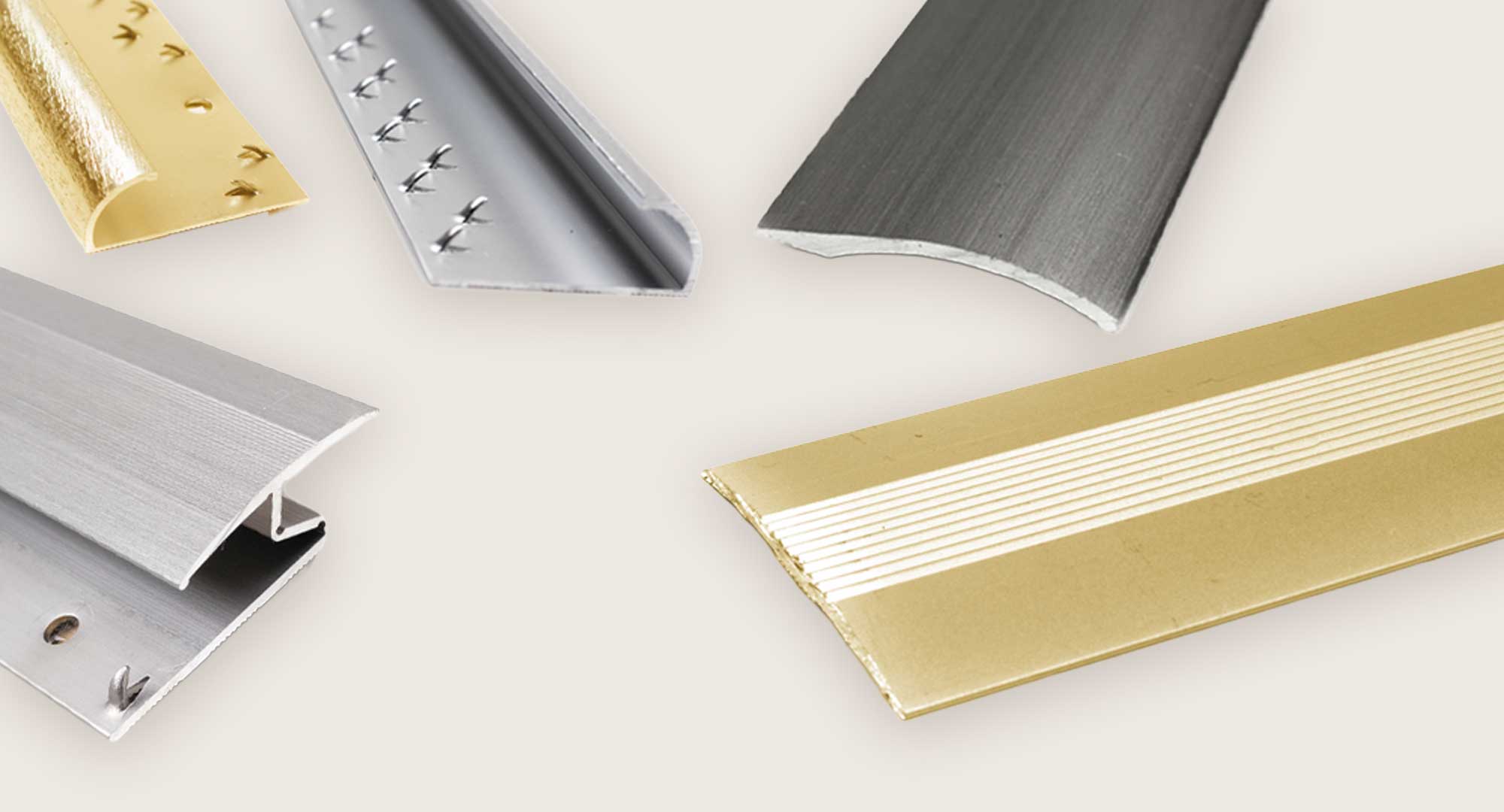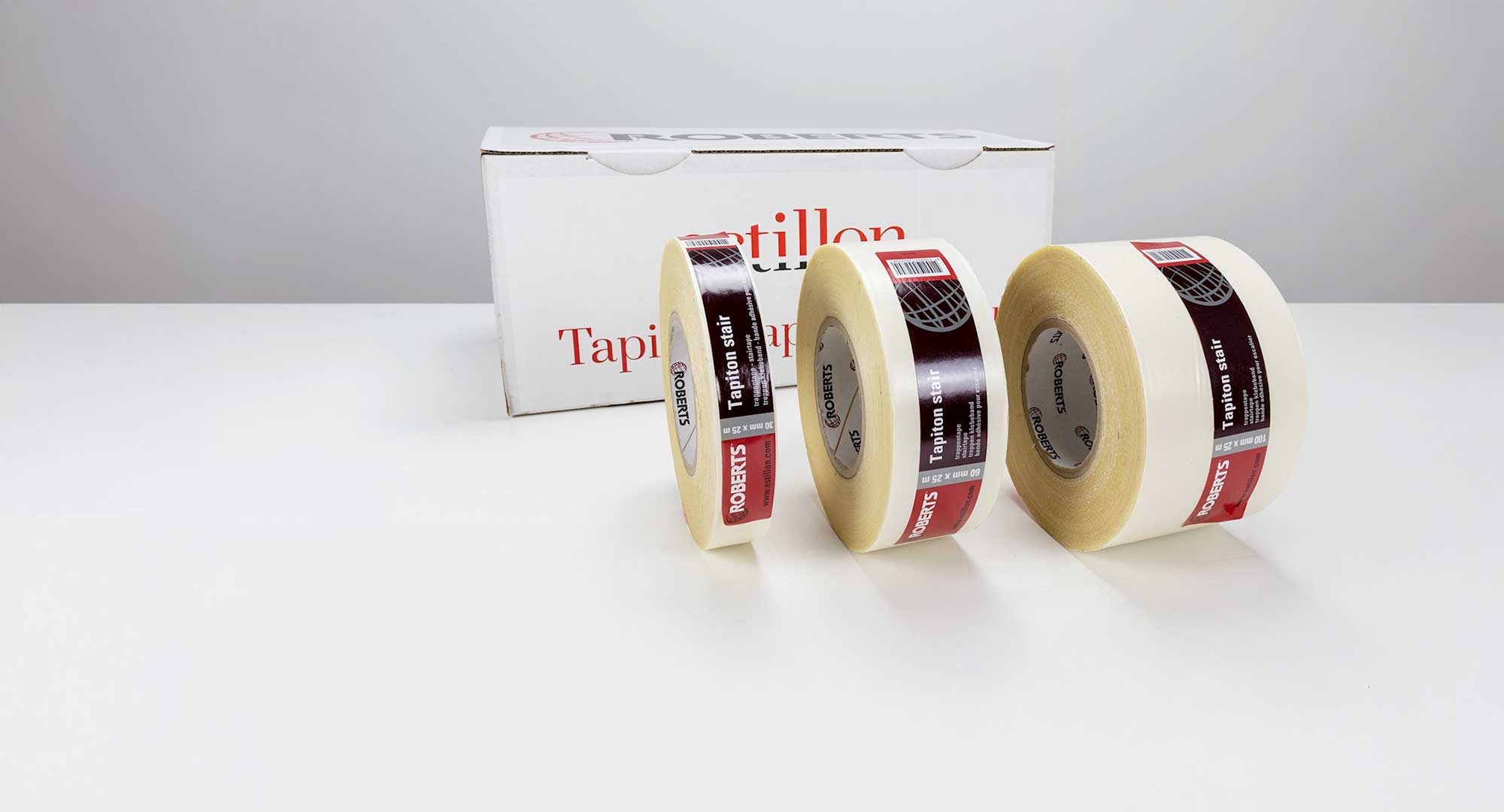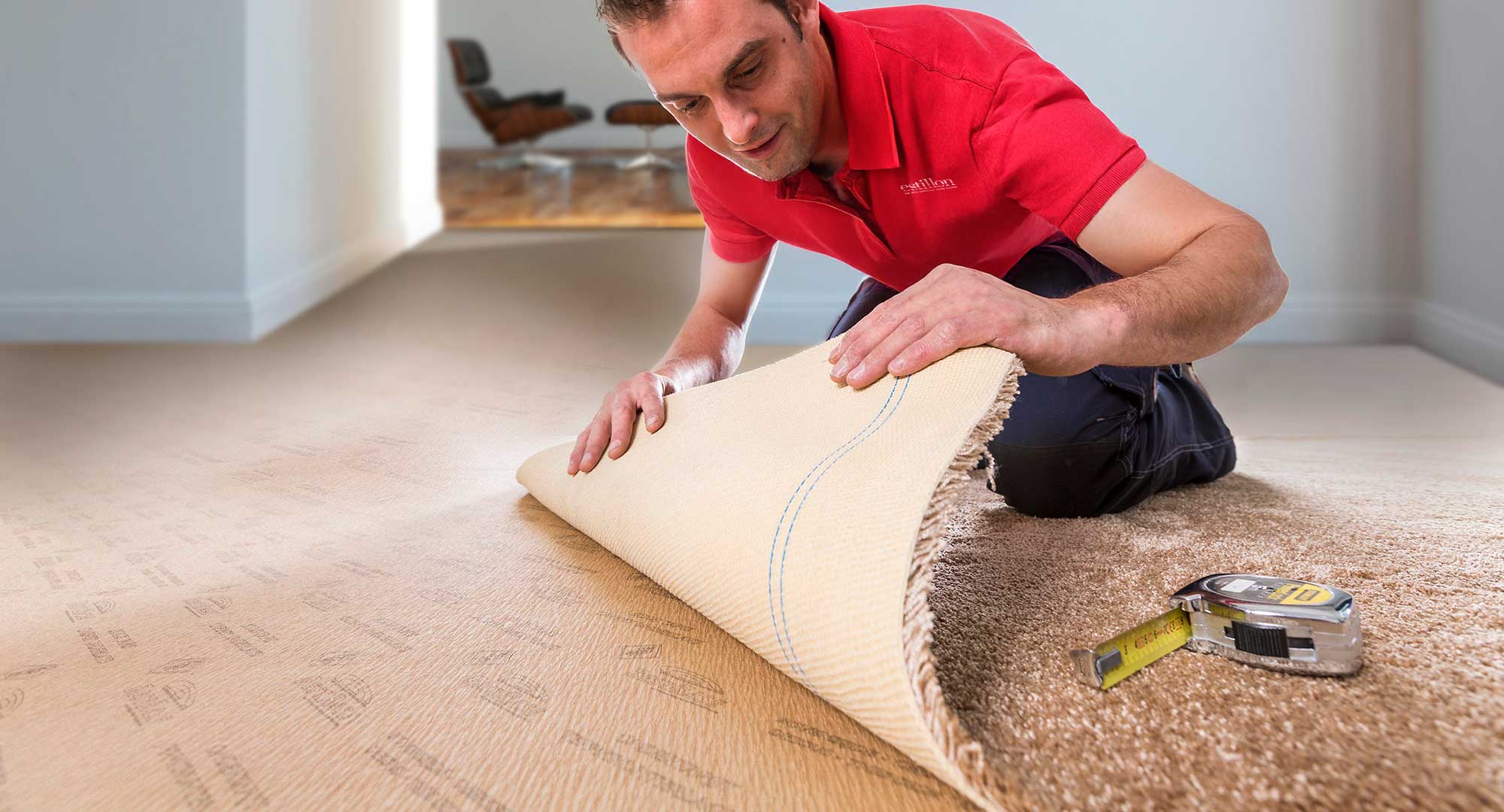
The Differences Between Delta Llin vs. Delta Lw
When purchasing a (under)floor, you often see the terms Δ (delta) Lw and Δ (delta) Llin on the packaging or datasheet. But what exactly is the difference between these two terms?
Delta Llin and Delta Lw are two ways to measure how well a floor and underlay reduce noise. They assess different types of sounds:
- Delta Llin focuses on low-frequency sounds, such as heavy footsteps. This is the most commonly used measurement in the Netherlands, Belgium, and France.
- Delta Lw measures mid-to-high-frequency sounds, such as voices and music. This measurement is more frequently used in countries like Germany and Italy.
The Differences
Type of sound
Measures how well the floor blocks low-frequency sounds Measures how well the floor blocks mid-to-high-frequency sounds
Values
The Delta Lw value is usually higher than the Delta Llin value for the same floor In the Netherlands, apartment floors must (usually) meet a minimum Delta Llin of 10 dB
Testing methods
Both values come from the same measurement following specific standards The test compares the difference between a bare floor and a floor with underlay and finishing

Conclusion
In short, Delta Llin indicates how well a floor reduces low-frequency noises, such as footsteps, while Delta Lw shows how well it blocks higher-frequency sounds, like voices.
How Do We Test Our Underlays for Noise Reduction?
At Estillon, we prioritize ensuring that our underlays meet the 10 dB noise reduction standard. That’s why we regularly have our underlays tested by Peutz, a leading acoustic testing institute. In this video, we show how we collaborate with the institute to conduct these tests.
Discover what ΔLw and ΔLlin mean for your (under)floor and choose the right underlay for optimal living comfort! Read on to learn more.

On our news page you will find the latest updates about Estillon, innovative developments in the field of subfloors and installation products, and inspiring projects we are working on. Whether you are a professional, distributor or project manager, we will keep you informed of relevant trends and news from the industry.
News

Heatbond seam tape for crisp seams
Want a professional, lasting carpet finish? Discover how Heatbond seam tape ensures crisp seams, long-term stability and a flawless result – even in high-traffic areas.

Floor profiles: Clean transitions, strong edges
Discover how the right floor profiles can transform your floor: from neat transitions to a durable finish — read the full blog about achieving a sleek floor finish!

Which Tape is the Best Choice for Your Project?
Are you looking for the right tape for your specific application? In our extensive range, you’ll find the perfect tape for the most common uses.

Estillon at Cruise Ship Interiors Expo Europe 2025
Discover how Estillon makes cruise interiors quieter, more sustainable, and safer. Visit us at Cruise Ship Interiors Expo Europe, Hamburg (stand E72, 3–4 Dec 2025).

Four common misconceptions when choosing an underlay – and how to address them
Misconceptions in underlay choice lead to complaints and failure costs. Pay attention to types of sound, compressive strength, levelling and certification for a solid foundation and guaranteed delivery. Discover how to avoid these pitfalls.

Tredaire Colours Red: The ultimate underlay for soft comfort
Tredaire Colours Red is a premium 11.4 mm sponge rubber underlay designed for domestic use, offering luxurious comfort, warmth, and sound insulation (46 dB ∆LW). Ideal for bedrooms and living areas, it creates a soft, resilient base under carpets, extending their lifespan and enhancing everyday comfort. This high-quality underlay combines durability with a refined feel, making it the perfect choice for those seeking added comfort, quietness, and elegance in their home.

Tredaire underlay: Feel the difference, make the difference
Tredaire offers durable, comfortable underlays made from 100% recycled PU foam. They extend carpet life, reduce noise, and improve energy efficiency. Perfect for offices, hotels, and residential spaces. Renu leads the way: 98% recycled, CO₂-neutral, and fully recyclable. With Tredaire, you choose smart comfort and circularity — the perfect foundation for every interior project.

Tredaire: Feels like nothing on Earth
Tredaire underlays offer unparalleled comfort, luxury, and durability—unseen, yet essential. Discover the core values behind this leading brand: softness, technical expertise, sustainability, and stability. Find out why Tredaire is the top choice for homes, hotels, and commercial spaces.

The silent power beneath every carpet: Best Base underlays
Best Base collection: 6 sustainable, 100% recycled PU underlays in various thicknesses from Estillon, designed to deliver optimal comfort, insulation, and long-lasting performance beneath any carpet.

Comfort and durability with premium PU underlay
Estillon introduces the premium PU underlay: an innovative solution that combines comfort and sustainability. Made from high-quality materials with excellent thermal and acoustic insulation, this underlay is ideal for projects requiring high standards of comfort and energy efficiency. Suitable for various floor coverings and easy to install, it offers a future-proof choice for professional installers and project planners. Discover how Estillon delivers the perfect foundation with comfort and durability.

Share your project and win a filled tool bag!
Do you work with Estillon products? Then we’ve got great news: every month, you have the chance to win a well-equipped Roberts tool bag worth €230!

IMO-Certified Underlays for Maximum Safety and Performance
Estillon offers IMO-certified underlays for maritime applications. These high-quality underlays meet strict fire safety standards and deliver durable, reliable performance at sea. From lightweight, comfortable options to robust solutions for heavy use – always with maximum safety.
Search
No results found.